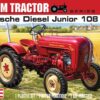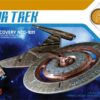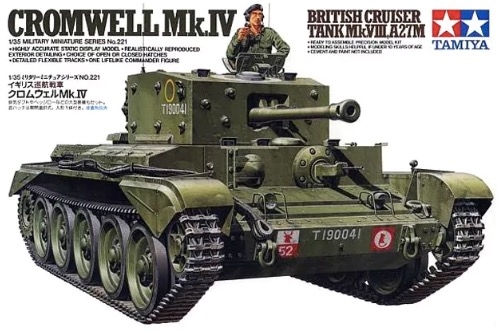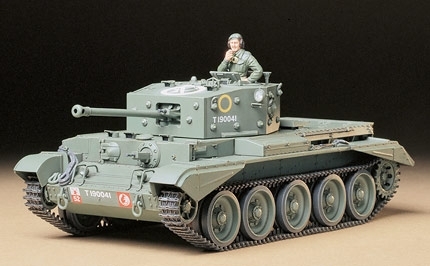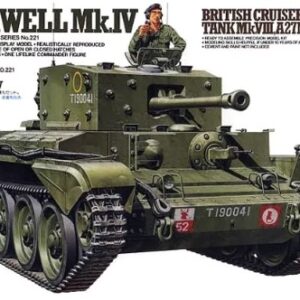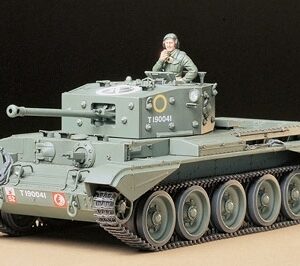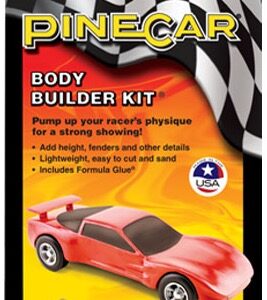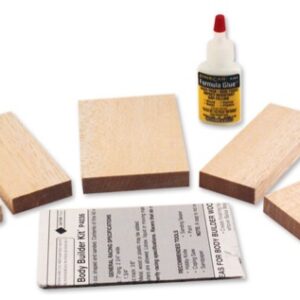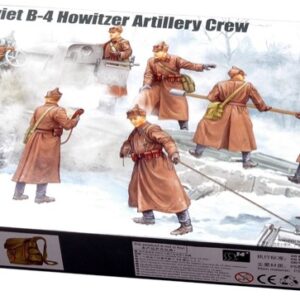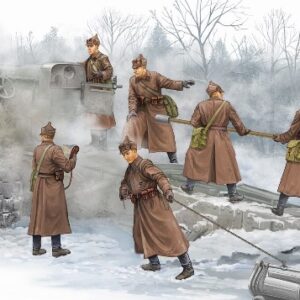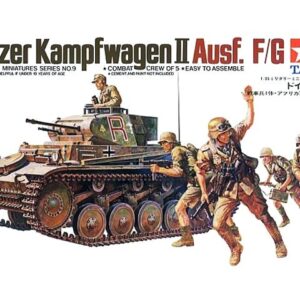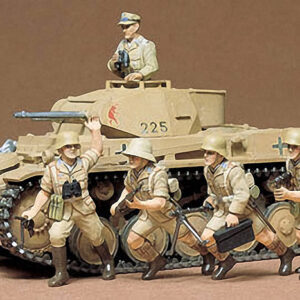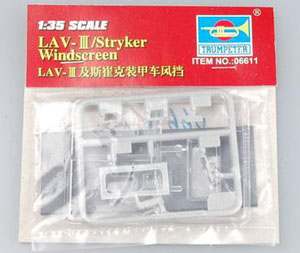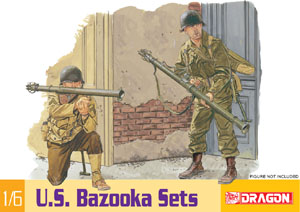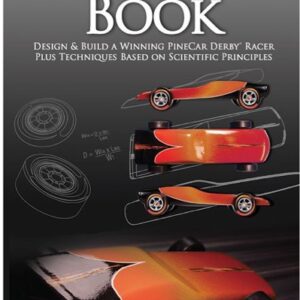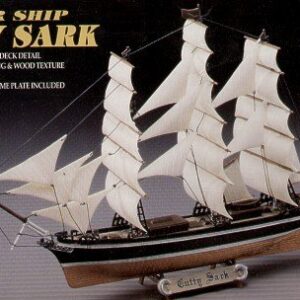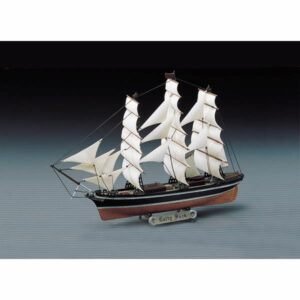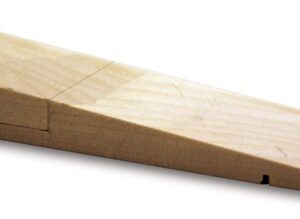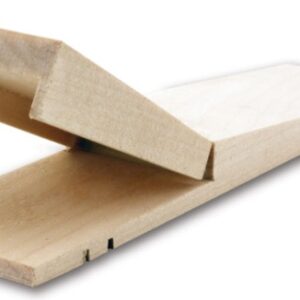1/35 CROMWELL MK IV CRUISER TA
$48.00
TAM
1 in stock
Prior to the outbreak of WWII, Britain relied heavily on military alliance with France. It was felt that the large French army would be able to check any German expansion in western Europe should existing treaties be violated. As a result the British Army had been neglected, so that when war came the Royal Armoured Corps had only a handful of modern tanks in service. Many of these were sent to France with the BEF only days before France was defeated, all were abandoned as their cres were evacuated back to Britain. The result was that new tanks were rushed into production without proper testing and were to prove unreliable in combat. As no new tank engines had been developed, most of these tanks were powered by the Nuffield Liberty, an American engine designed in WWI to give an output of 200bhp. Nuffield increased the output to 350 – 410 bhp and this was used to power the A13, A15 Crusader and A24 Cavalier. The engine proved adequate in the A13 and Crusader due to their modest weight, but in the Cavalier it was a disaster and the tank was unfit for combat. In 1941 Rolls Royce produced a de-rated version of their Merline aero engine, used in the Spitfire, Hurricane, and Lancaster aircraft, for tank use. Named the Meteor, this engine developed 600 bhp, more than enough for current needs. The successor to the Cavalier the A27 Cromwell, was designed to use this new engine and a pilot model was ready early in 1942. Unfortunately Rolls Royce was fully committed producing the Merlin and so was unable to manufacture the Meteor in any quantity. The production of the Meteor was passed to the Rover Car Company, which had been tooling to produce the Merlin. Setting up this new engine production line was to take almost a year. While the facilities for producing te Meteor engine were being set up, it was decided to continue production of the A27 using the Liberty engine as a temporary measure. This version was designated the A27L Centaure, and the Meteor powered tank the A27M Cromwell. Leyland Motors were contracted to build 4,256 Centaures, with other companies producing a further 2,000 vehicles. Though not all these contracts were subsequently filled, and it is not known exactly how many A27″s were produced. The Centaur Mk.I entered production in the autumn of 1942, and was armed with the 6 Pdr. gun. This was followed by the Mk.III with 75mm gun and Mk.IV which mounted a 95mm howitzer. Early in 1943 most Centaur Mk.I were converted to the Mk.III by changing the armament. The a27M Cromwell Mk.I entered production in January 1943, but only a few were produced before production switched to the Cromwell Mk.V with 75mm Q.F. Mk.V gun. By mid-1943 enough engines were being produced to allow some of the older Centaurs to be converted to Cromwell, these tanks mounting the 75mm gun were designated the Cromwell Mk.IV, and this became numerically the most important mark. Most, if not all, Centaur tanks were built with an internal track tension system which was accessed by two small dome covers located on the front plate just inboard of the lifting ring brackets. Domes were not present on the tanks built from the start as Cromwells, these tanks had an external track tension system which was adjusted by a large “hockey stick” steel bar, stowed on the side of the engine deck. On conversion to Cromwell, there is evidence that some tanks were fitted with the external tension system. In this case the domes were welded in place or small armour patches were welded over the hole, and the “hockey stick” adjuster bar would be provided. Cromwell Mk.IV and Mk.V battle tanks, and Mk.VI close support tanks (95mm), started to be issued to the troops in October 1943 as they became available. The first were issued to the Armoured Reconnaissance Regiments, one of which was to be attached to the Guards, 7th and 11th Armoured Divisions, and 1st Polish Armoured Division (Polish troops were equipped by the British and were part of the British 21st Army Group). Other Cromwel
| Weight | 0.63 lbs |
|---|

